How To Look At Dna Under A Microscope ?
To look at DNA under a microscope, you would first need to extract the DNA from the cells. This can be done by breaking open the cells and separating the DNA from other cellular components. Once you have isolated the DNA, you can prepare a sample for microscopic observation.
To visualize DNA, you can use a technique called fluorescence microscopy. This involves labeling the DNA with a fluorescent dye that binds specifically to DNA molecules. The labeled DNA can then be visualized under a fluorescence microscope, which uses a specific wavelength of light to excite the fluorescent dye and emit light of a different color.
Alternatively, you can use electron microscopy to observe DNA at a higher resolution. In this case, the DNA sample needs to be fixed, dehydrated, and coated with a thin layer of metal. The electron microscope uses a beam of electrons instead of light to create an image, allowing for detailed visualization of the DNA structure.
It is important to note that DNA is extremely small and may not be visible under a regular light microscope. Specialized techniques and equipment are required to observe DNA at the microscopic level.
1、 DNA Staining Techniques for Microscopic Observation
To look at DNA under a microscope, one can use DNA staining techniques for microscopic observation. These techniques involve the use of specific dyes that bind to DNA molecules, making them visible under a microscope. There are several staining methods available, each with its own advantages and limitations.
One commonly used staining technique is called ethidium bromide staining. This method involves treating the DNA sample with ethidium bromide, a fluorescent dye that intercalates between the DNA base pairs. When viewed under a fluorescence microscope, the DNA appears as bright bands or spots against a dark background. This technique is relatively simple and widely used in molecular biology laboratories.
Another staining technique is called fluorescent in situ hybridization (FISH). FISH involves the use of fluorescently labeled DNA probes that bind to specific DNA sequences of interest. This technique allows for the visualization of specific genes or chromosomal regions within the DNA. FISH has been instrumental in studying chromosomal abnormalities and gene expression patterns.
In recent years, advancements in microscopy techniques have allowed for higher resolution imaging of DNA. Super-resolution microscopy techniques, such as structured illumination microscopy (SIM) and stochastic optical reconstruction microscopy (STORM), have enabled researchers to visualize DNA at the nanoscale level. These techniques have provided valuable insights into the organization and dynamics of DNA within the cell nucleus.
It is important to note that DNA staining techniques for microscopic observation have their limitations. Some dyes may alter the structure or function of DNA, and certain staining methods may not be suitable for live cell imaging. Additionally, the interpretation of DNA staining results requires expertise and careful analysis.
In conclusion, to look at DNA under a microscope, one can use DNA staining techniques such as ethidium bromide staining or fluorescent in situ hybridization. Advancements in microscopy techniques have also allowed for higher resolution imaging of DNA. However, it is crucial to consider the limitations and potential artifacts associated with these staining methods.
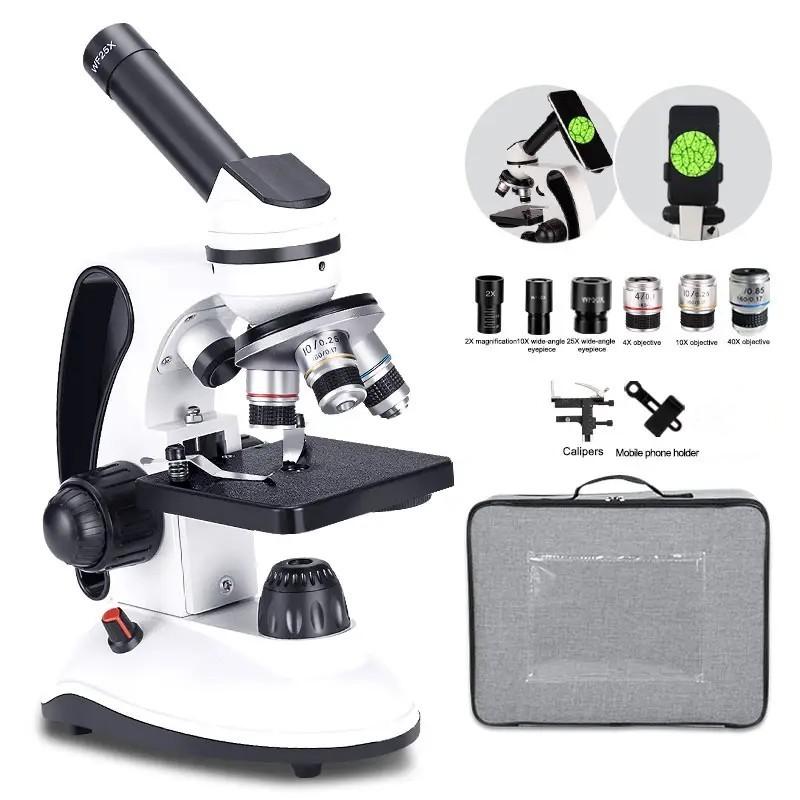
2、 Preparing DNA Samples for Microscopy
To look at DNA under a microscope, you need to prepare DNA samples in a way that allows for clear visualization and analysis. Here is a step-by-step guide on preparing DNA samples for microscopy:
1. Isolate DNA: Start by isolating DNA from the source material, such as cells or tissues. Various DNA extraction kits are available that provide protocols for efficient DNA isolation.
2. Purify DNA: Once the DNA is isolated, it is important to purify it to remove any contaminants that may interfere with microscopy. This can be achieved using purification kits or techniques like ethanol precipitation.
3. Concentrate DNA: Concentrate the purified DNA to increase the amount of DNA in a smaller volume. This can be done by evaporating the solvent or using DNA concentration kits.
4. Stain DNA: To enhance the visualization of DNA, staining is often performed. Fluorescent dyes like DAPI or Hoechst are commonly used to bind to DNA and emit fluorescence when excited by specific wavelengths of light.
5. Mount the sample: Place a small drop of the stained DNA solution onto a microscope slide and cover it with a coverslip. Ensure that the sample is evenly spread and not too thick, as this can affect the quality of the image.
6. Choose appropriate microscopy technique: Select the appropriate microscopy technique based on the desired resolution and imaging requirements. Confocal microscopy, for example, provides high-resolution 3D images of DNA.
7. Image acquisition: Use the microscope to capture images of the stained DNA. Adjust the microscope settings, such as magnification and focus, to obtain clear and detailed images.
It is worth noting that recent advancements in microscopy techniques, such as super-resolution microscopy, have allowed for the visualization of DNA at an unprecedented level of detail. These techniques enable the study of DNA organization and dynamics within the nucleus, providing valuable insights into genome structure and function.

3、 Using Fluorescent Probes to Visualize DNA
To look at DNA under a microscope, there are several techniques available, with one of the most common being the use of fluorescent probes. Fluorescent probes are molecules that bind specifically to DNA and emit light when excited by a specific wavelength of light. This allows for the visualization of DNA under a microscope.
To begin, the DNA sample is typically extracted from cells and purified. Once purified, the DNA is stained with a fluorescent probe that binds to the DNA molecule. The probe can be specific to certain regions of the DNA or can bind to the entire DNA molecule, depending on the research question.
After staining, the DNA sample is placed on a glass slide and covered with a coverslip. The slide is then inserted into a fluorescence microscope, which is equipped with a light source that emits the specific wavelength of light required to excite the fluorescent probe. When the DNA is illuminated with this light, the bound probe emits light of a different color, allowing for the visualization of the DNA.
Using fluorescent probes to visualize DNA has revolutionized the field of molecular biology. It has enabled researchers to study the organization and dynamics of DNA within cells, as well as to investigate various cellular processes such as DNA replication, repair, and gene expression. Additionally, advancements in microscopy techniques, such as super-resolution microscopy, have further enhanced our ability to visualize DNA at the nanoscale level.
In conclusion, the use of fluorescent probes to visualize DNA under a microscope is a powerful technique that has greatly contributed to our understanding of the structure and function of DNA. It continues to be an essential tool in molecular biology research, allowing scientists to explore the intricacies of the genetic material that defines life.

4、 Microscopy Methods for DNA Analysis
Microscopy methods for DNA analysis have revolutionized the field of genetics and have become essential tools for researchers and scientists. To look at DNA under a microscope, there are several steps and techniques involved.
Firstly, DNA needs to be extracted from the sample. This can be done using various methods, such as the phenol-chloroform extraction or the spin column method. Once the DNA is extracted, it needs to be purified to remove any contaminants that may interfere with the analysis.
Next, the DNA sample is prepared for microscopy. One common method is to stain the DNA with a fluorescent dye, such as DAPI or SYBR Green, which binds specifically to the DNA molecule and allows it to be visualized under a fluorescence microscope. Another method is to use electron microscopy, where the DNA sample is coated with a heavy metal stain, such as uranyl acetate or osmium tetroxide, to enhance contrast and improve resolution.
After the sample is prepared, it can be placed on a microscope slide and covered with a coverslip. The slide is then placed under the microscope, and the DNA can be observed using different microscopy techniques. For fluorescence microscopy, a specific wavelength of light is used to excite the fluorescent dye, and the emitted light is captured by the microscope's camera. This allows for the visualization of the DNA structure and any specific patterns or abnormalities.
In recent years, advancements in microscopy technology have allowed for even more detailed analysis of DNA. Super-resolution microscopy techniques, such as structured illumination microscopy (SIM) and stochastic optical reconstruction microscopy (STORM), have pushed the limits of resolution, enabling the visualization of DNA at the nanoscale level. These techniques have provided new insights into the organization and dynamics of DNA within the cell.
In conclusion, looking at DNA under a microscope involves several steps, including DNA extraction, purification, staining, and microscopy. Advances in microscopy technology have greatly enhanced our ability to visualize and analyze DNA, leading to significant advancements in the field of genetics.
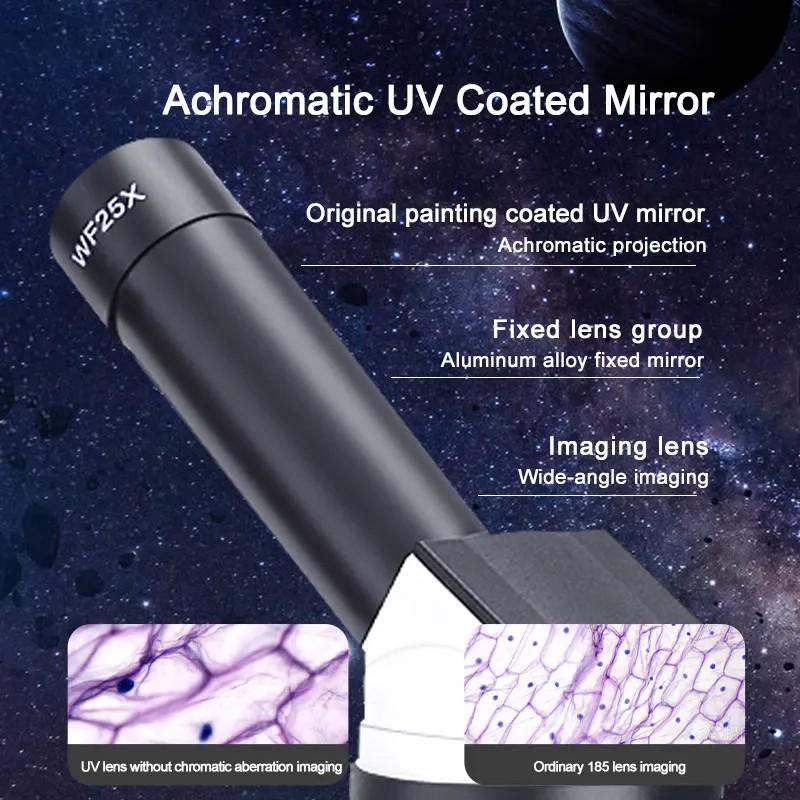





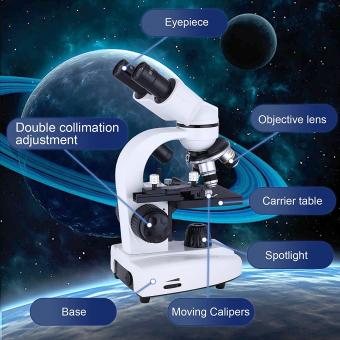



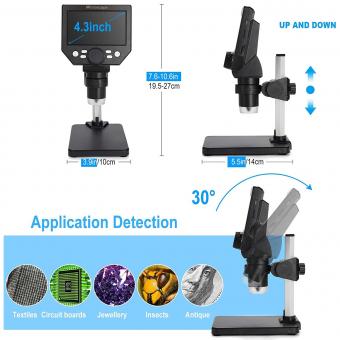

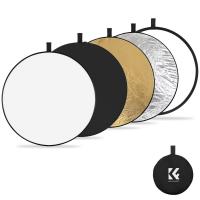
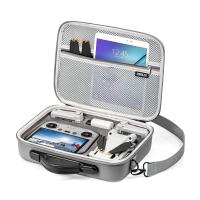
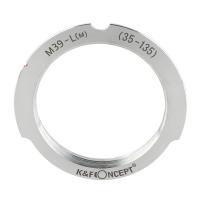







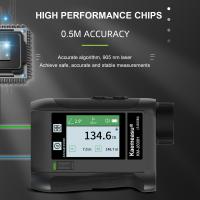




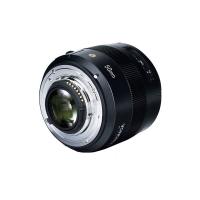
There are no comments for this blog.